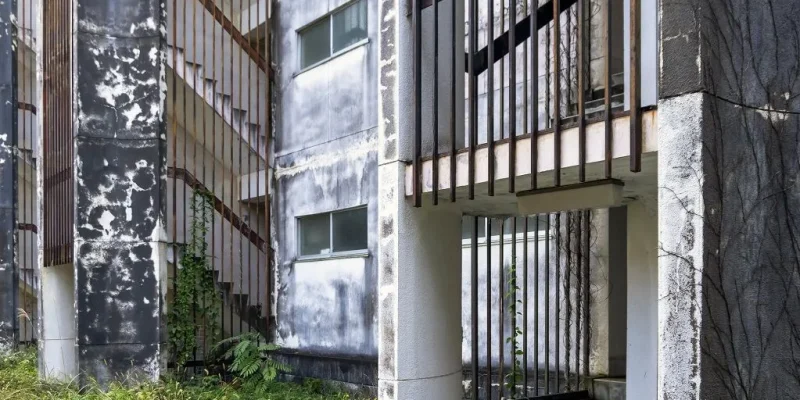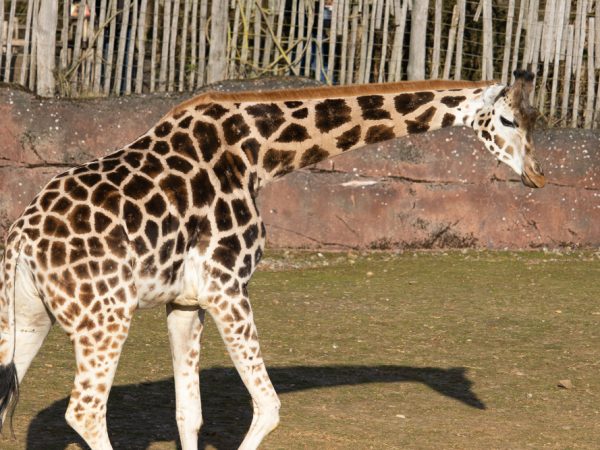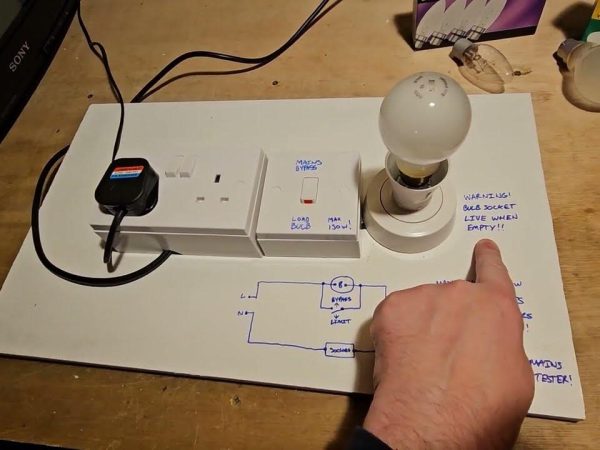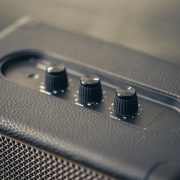Physical Deterioration: Definition, Causes, and Prevention

Physical deterioration refers to the gradual decline or wear and tear of a structure, object, or material over time. This process occurs naturally due to aging, use, and exposure to environmental factors. While it’s inevitable, managing physical deterioration effectively can extend the lifespan of assets and minimize repair or replacement costs.
In this article, we’ll explore the causes of physical deterioration, how it impacts various industries, and practical strategies for prevention and maintenance. Whether you’re a homeowner, business owner, or property manager, understanding physical deterioration is key to preserving your investments.
What Is Physical Deterioration?
Physical deterioration is the process through which a tangible asset, such as a building, vehicle, or piece of equipment, loses its original condition and functionality. It is one of the primary forms of depreciation and can be either curable (reversible through maintenance or repairs) or incurable (too costly or impractical to fix).
Examples:
- A building developing cracks in its foundation.
- A car showing rust or engine wear.
- Furniture becoming worn or damaged from regular use.
Types of Physical Deterioration
Curable Physical Deterioration
- Refers to damage or wear that can be repaired cost-effectively.
- Examples: Repainting walls, replacing broken windows, or fixing a leaky roof.
Incurable Physical Deterioration
- Damage that is either too expensive or impossible to repair, often due to the structure’s age or extent of deterioration.
- Examples: Major foundation damage or outdated building materials.
Causes of Physical Deterioration
Environmental Factors
Exposure to weather elements such as rain, snow, humidity, and UV rays accelerates wear and tear.
- Example: Roofing materials deteriorate faster in regions with heavy rainfall or extreme sunlight.
Aging
Over time, materials naturally break down due to their finite durability.
- Example: Wood rots, metal corrodes, and concrete cracks as they age.
Usage and Wear
Frequent use or overloading can cause mechanical or structural components to degrade faster.
- Example: Flooring in high-traffic areas shows signs of wear more quickly.
Poor Maintenance
Neglecting regular upkeep can accelerate deterioration and lead to costly repairs.
- Example: Ignoring small leaks can result in significant water damage over time.
Pests and Biological Growth
Infestations or mold growth can cause significant damage, especially in wooden structures.
- Example: Termites weakening the structural integrity of a home.
Human Error
Improper installation, handling, or usage can lead to premature deterioration.
- Example: Incorrectly installed HVAC systems causing mechanical failures.
Effects of Physical Deterioration
Financial Costs
- Regular repairs or eventual replacements increase maintenance costs.
- Neglected deterioration can reduce property value.
Safety Risks
- Deteriorating structures or equipment can pose hazards, such as collapsing roofs or malfunctioning machinery.
Aesthetic Impact
- Visible deterioration, such as peeling paint or rust, reduces the visual appeal of properties and assets.
Operational Inefficiency
- Equipment or infrastructure in poor condition may perform less effectively, impacting productivity.
Environmental Impact
- Materials that deteriorate and are discarded contribute to waste and pollution.
Industries Affected by Physical Deterioration
Real Estate and Property Management
- Buildings, homes, and infrastructure face physical deterioration due to aging and environmental exposure.
Manufacturing
- Machinery and tools experience wear and tear from constant use, affecting production efficiency.
Transportation
- Vehicles and roads require regular maintenance to address wear caused by usage and weather conditions.
Construction
- Materials like concrete, steel, and wood deteriorate over time, impacting the lifespan of structures.
Healthcare
- Medical equipment needs regular servicing to prevent physical deterioration and maintain accuracy.
How to Prevent Physical Deterioration
Regular Maintenance
- Schedule routine inspections to identify and address minor issues before they escalate.
- Examples: Cleaning gutters, lubricating machinery, or repainting surfaces.
Use High-Quality Materials
- Invest in durable materials that can withstand environmental and usage stresses.
- Examples: Weather-resistant paints or corrosion-resistant metals.
Protect Against Environmental Damage
- Install protective measures such as roofing, waterproofing, and UV-resistant coatings.
Pest Control
- Conduct regular pest inspections and apply treatments to prevent infestations.
Implement Usage Guidelines
- Avoid overloading equipment or overusing assets to prolong their lifespan.
Upgrade When Necessary
- Replace outdated systems or materials to ensure safety, efficiency, and durability.
Tools and Technology for Managing Deterioration
- CMMS (Computerized Maintenance Management Systems)
- Track maintenance schedules and monitor asset conditions.
- Drones for Inspections
- Use drones to assess hard-to-reach areas of buildings or infrastructure.
- IoT Sensors
- Install sensors to monitor real-time wear and tear on machinery and equipment.
- Thermal Imaging
- Detect hidden issues like water leaks or electrical faults before visible signs of deterioration appear.
Conclusion
Physical deterioration is a natural process that affects all tangible assets, but it doesn’t have to lead to significant losses or safety concerns. By understanding its causes and implementing preventive strategies, businesses and individuals can extend the lifespan of their properties and equipment while minimizing costs.
Proactive maintenance, the use of durable materials, and leveraging modern technology are essential steps in combating physical deterioration. Whether you’re managing a property or maintaining industrial equipment, addressing wear and tear early ensures long-term efficiency, safety, and value.
FAQs
1. What is physical deterioration?
Physical deterioration refers to the natural wear and tear or decline in the condition of an object, structure, or material over time.
2. What are examples of physical deterioration?
Examples include rust on metal, cracks in concrete, fading paint, or worn-out machinery.
3. How does physical deterioration impact property value?
Deterioration reduces a property’s aesthetic appeal, functionality, and safety, leading to lower market value.
4. What causes physical deterioration?
Environmental factors, aging, poor maintenance, usage, pests, and human error are common causes.
5. How can physical deterioration be prevented?
Preventive measures include regular maintenance, using high-quality materials, environmental protection, and pest control.
Also read: Gross Leasable Area: Definition, Importance, and Calculations











